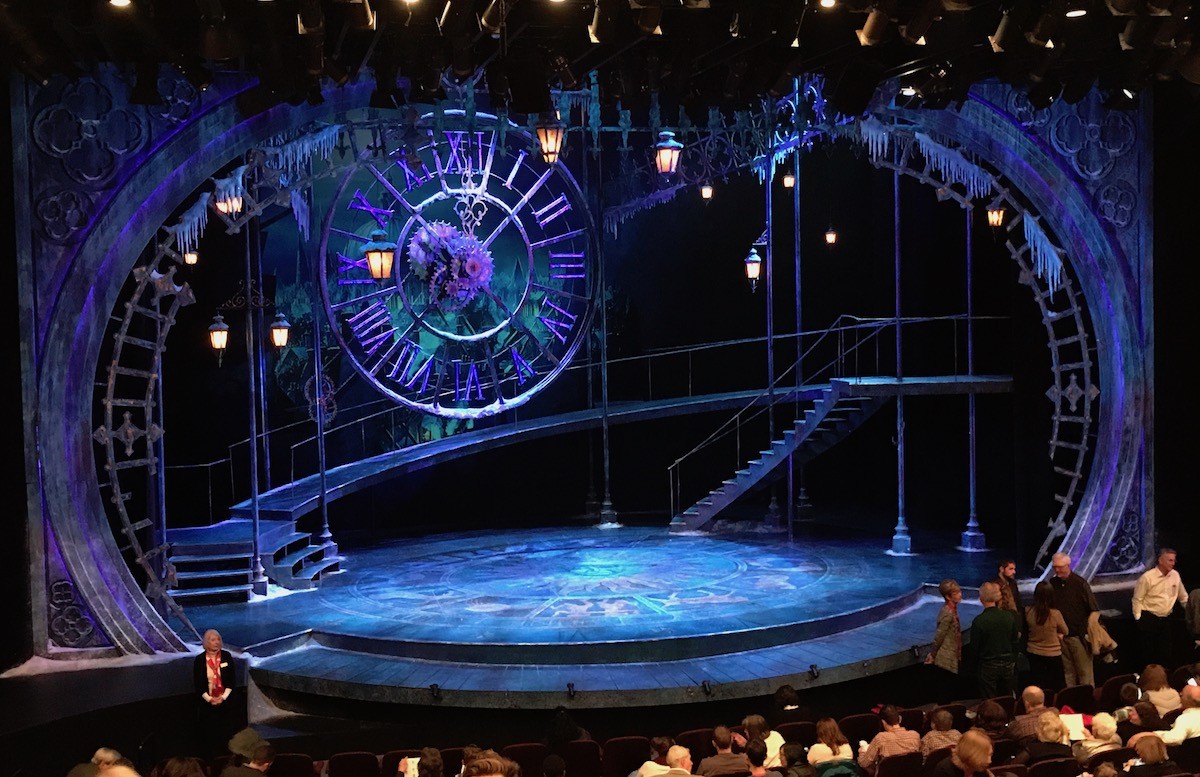In 1843, when Charles Dickens self-published “A Christmas Carol in Prose, Being a Ghost-Story of Christmas,” Tennessee state politician Andrew Johnson was elected to the House of Representatives in Congress, later president who directed the removal of Native Americans from their homelands; Jefferson Davis, who would become president of the rebellious Confederacy, entered politics as a delegate to the Democratic State Convention in Alabama; British philosopher John Stewart Mill published “Logic,” which would change the basis for scientific thought and later economic advances; American social reformer, Dorothea Dix, delivered a shocking report to the Massachusetts Legislature about the conditions in prisons and asylums. Such places in England weren’t any different.
The labor-dependent Industrial Revolution was in full swing in England. Coal was the fuel that powered it. Working conditions were such in northern England that children made up a substantial portion of the work force in the country’s coal mines. London was covered in ash and soot. It was a dusting that was physical, metaphorical and, some would say, spiritual as well.
The push to work and the conditions under which the working class labored, along with the established religious leaders downplaying of the Christmas celebration, had its effect on religious observance in general.
It was the perfect time for Dickens’ creation of the figure who would play a major role in impacting both the social and economic conditions in England, Ebenezer Scrooge.
In many ways, Scrooge was much more than a key character in a story that characterized life in 1843 England. Scrooge was also a metaphor for a transformation Dickens thought England must go through.
In Clarence Brown Theatre’s new production of Dickens’ “A Christmas Carol,” which opened Friday night, Jed Diamond gives a brilliant, career-defining performance as Ebenezer Scrooge, across an arc of both time and character transformation that can’t help but be seen in the broader sense of a cultural revolution.

Jed Diamond give brilliant performace as Ebenezer Scrooge in Clarence Brown Theatre’s A Christmas Carol
Although the social impact of “A Christmas Carol” isn’t often identified as a factor, a world-wide religious awakening took place in 1844.
A giant clock, that is part stage set and part chronographic chronicler of the events in Scrooge’s life, dominates the stage of “A Christmas Carol.” It’s a brilliant device created by scenic designer, Devin Depinet.
Its omnipresence allows the rest of the set and all of the action to take place in front of and underneath it, with only a few set elements changing from scene to scene. It gives the entire play a sense of smooth flow of time that emphasizes the changes Scrooge undergoes in Diamond’s thoughtful, powerful performance over the span of 2 ½ hours, during which he is never off stage.
Set elements literally drop down from above, rise up out of the floor and move in and out from the sides of the stage.
Helping to carry all of this off visually are the costume designs of Bill Black, especially the creations of the ghost of Jacob Marley, who, in a fine performance by David Brian Alley, is doomed to wonder the earth forevermore in retribution for his life of greed, selfishness and disregard for the welfare of everyone but himself; the ghost of Christmas Past, who, in Carlene Pochette’s charming performance, shows Scrooge the times where his life began to go wrong; the ghost of Christmas Present, who, played by Peter Kevian, shows Scrooge the impact his greed is having on Ignorance and Want, the metaphors for poor people Scrooge is directly impacting.
Finally, the Ghost of Christmas Future, wordlessly played by Ben Terpstra, shows Scrooge what his life will be like is he doesn’t change his ways.
Scrooge was greedy. But he wasn’t stupid. Although he never ventured out of his stern existence during the day, his dreams were another matter. Given the chance to see how things could be, he changed. Dickens’ hope was that England would too.
There are other notable performance in this Christmas Carol: Peter Kevoian, who also plays Christmas Present, does a joyful turn as Fezziwig, the entrepreneur with the heart of gold, the kind of businessman Scrooge should be; Collin Andrews, who plays the always hopeful Bob Cratchit; and, especially, Lauren Penneline, who gives emotional and moral depth to Belle, the young woman who young Scrooge falls in love with, but for whom he cannot abandon his greedy, punitive ways in the pursuit of wealth.
At a time in when moral and ethical values are again in the forefront of American life, this version of “A Christmas Carol,” superbly directed by Kathleen F. Conlin, could not be more appropriate.
Bravo.

